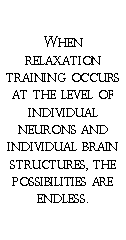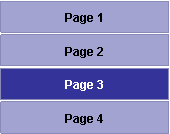|
3 Brainwave Connections Summer 2006 |








|
Dr, Thomas F. Collura is a biomedical engineer, neurophysiologist, and educator. He has over 30 years professional experience in the areas of EEG, evoked potentials, brain mapping for epilepsy, computer systems, and neurofeedback. He has held senior staff and faculty positions with AT&T Bell Laboratories, the Cleveland Clinic, and Case Western Reserve University. He received undergraduate degrees in philosophy and biology from Brown University, and the Ph.D. in biomedical engineering from Case Western Reserve University. |
